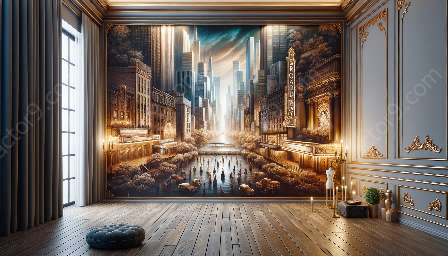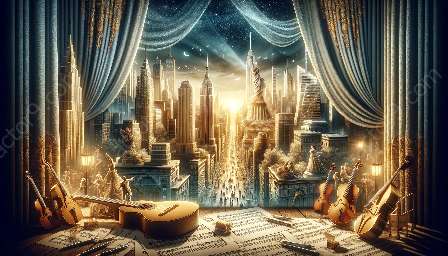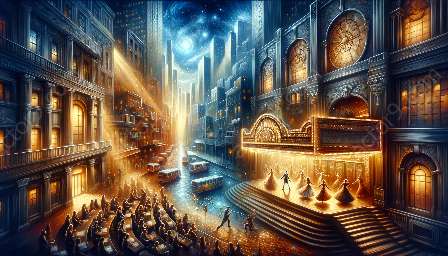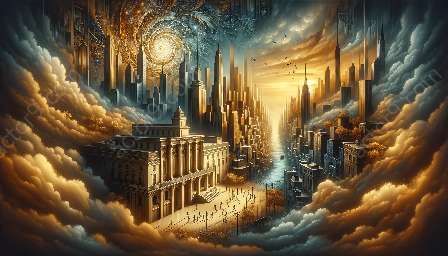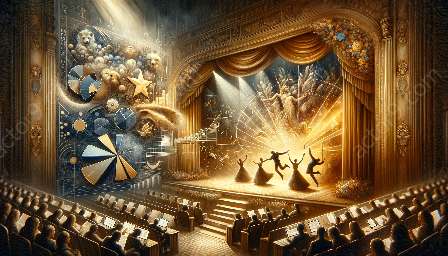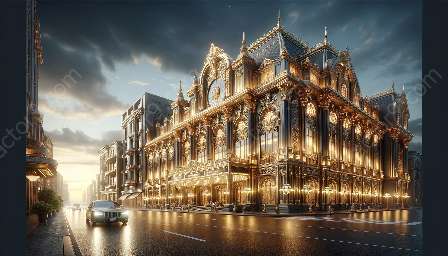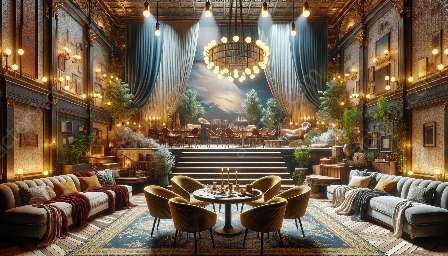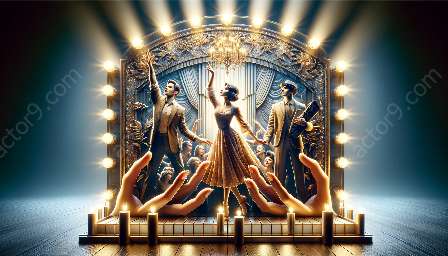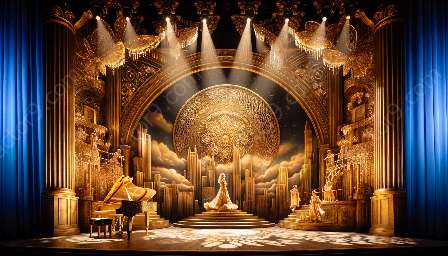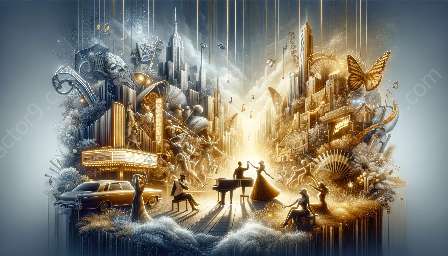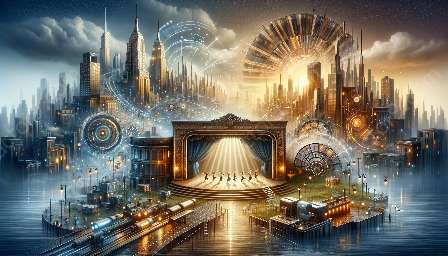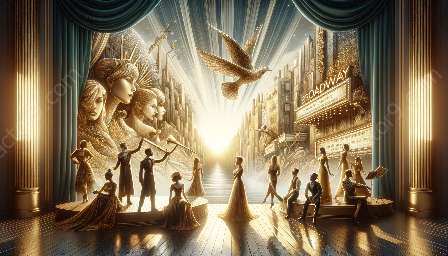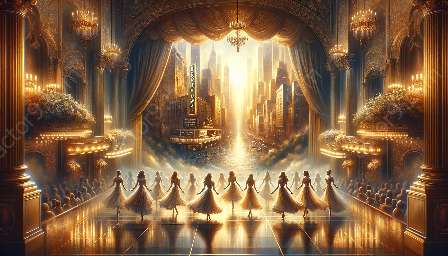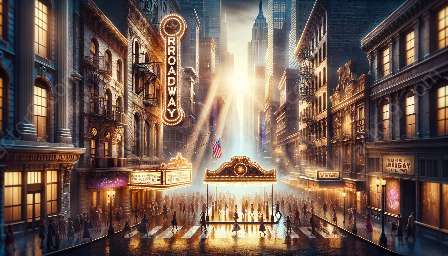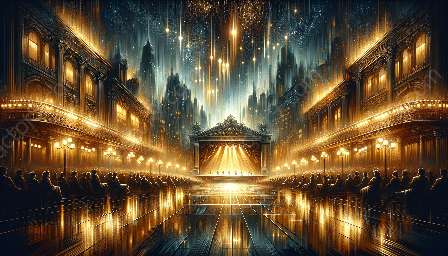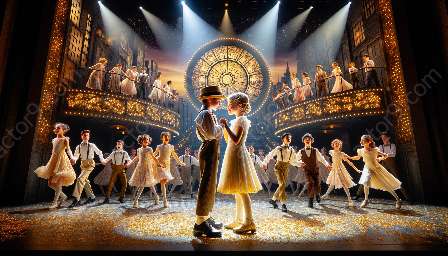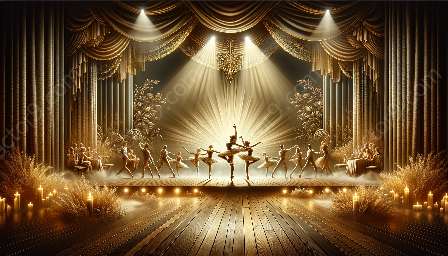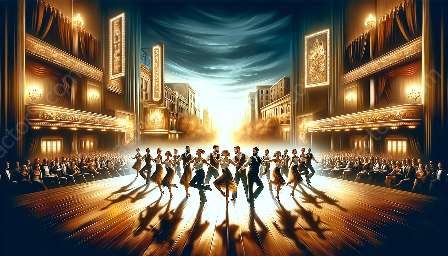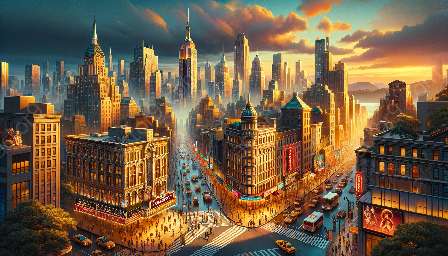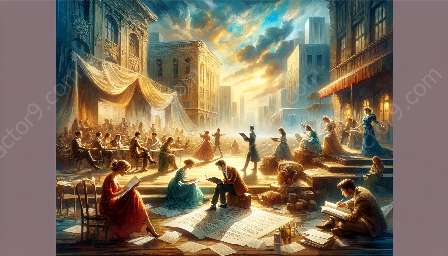Broadway theatres hold a special place in the world of entertainment, serving as iconic landmarks with a rich history and a distinct architectural style. The architectural designs of these theatres contribute significantly to the magical atmosphere and allure of Broadway musicals and the performing arts.
History and Evolution of Broadway Theatre Architecture
The history of Broadway theatre architecture dates back to the late 19th and early 20th centuries, a time when the theatre district in New York City was experiencing rapid growth and development. The architecture of Broadway theatres evolved from the opulence of Beaux-Arts and Neo-Classical styles to the Art Deco and Modernist influences of the 20th century.
During the early years, Broadway theatres were designed to exude grandeur and extravagance, with ornate facades, elaborate interiors, and lavish details that aimed to transport audiences to a world of elegance and fantasy.
Distinctive Elements of Broadway Theatre Architecture
The architecture of Broadway theatres often features iconic elements that distinguish them from other performance venues. From the marquee-lit entrances to the majestic proscenium arches and the intricate detailing of the interior spaces, every aspect of Broadway theatre architecture is meticulously crafted to enhance the audience's experience and create a sense of wonder.
The iconic designs of Broadway theatres showcase a fusion of artistic creativity and functional considerations. The use of dramatic lighting, rich textures, and captivating ornamentation all contribute to the overall immersive experience of attending a Broadway production.
Impact on Musical Theater and Performing Arts
The architectural design of Broadway theatres plays a crucial role in shaping the identity and essence of musical theater and the performing arts. The synergy between architecture and performance creates an environment where storytelling, music, and visual spectacle come together to captivate audiences and evoke powerful emotions.
Furthermore, the spatial layout and acoustics of Broadway theatres are carefully crafted to optimize the viewing and listening experience, ensuring that every seat in the house offers a unique vantage point and an opportunity to be swept away by the magic unfolding on stage.
Preserving and Honoring Broadway Theatre Architecture
Preserving the architectural heritage of Broadway theatres is of paramount importance to maintaining the authenticity and cultural significance of these iconic landmarks. Efforts to restore and conserve the architectural integrity of these historic theatres ensure that future generations can continue to appreciate and be inspired by the timeless beauty and allure of Broadway theatre architecture.
In conclusion, the architectural marvels of Broadway theatres stand as testaments to the creativity and artistry that define the world of musical theater and the performing arts. The harmonious blend of history, design, and artistic expression found in Broadway theatre architecture continues to enchant audiences and contribute to the rich tapestry of cultural experiences in the heart of New York City.
Topic
Historical Evolution of Broadway Theatre Architecture
View details
Iconic Broadway Theatre Buildings and Their Architectural Significance
View details
Challenges in Renovating and Preserving Historic Broadway Theatres
View details
Theatrical Acoustics and Architectural Elements
View details
Sustainable Design Practices in Broadway Theatre Architecture
View details
Differences in Architectural Design Between Musical Theatres and Traditional Playhouses
View details
Balancing Aesthetics with Functionality in Theatre Architecture
View details
Theatrical Lighting and Sound Technologies in Architectural Planning
View details
Designing and Constructing Open-Air Broadway Theatres
View details
Cultural Influences on the Architectural Style of Broadway Theatres
View details
Historical and Contemporary Design Elements in Broadway Theatre Architecture
View details
Innovative and Experimental Architectural Designs in Broadway Theatres
View details
Psychological Effects of Architectural Styles on the Audience's Theatre Experience
View details
Designing for Changing Production and Performance Requirements
View details
Economic Considerations in the Architectural Design of Broadway Theatres
View details
Universal Design Principles in Broadway Theatre Architecture
View details
Influence of New Technologies on Broadway Theatre Architecture
View details
Legal and Regulatory Requirements in Broadway Theatre Architecture
View details
Interior Design and Décor in Broadway Theatre Architecture
View details
Environmental Psychology in the Architectural Layout of Broadway Theatres
View details
Maximizing Audience Capacity and Comfort in Limited Space
View details
Safety and Security Considerations in Broadway Theatre Architecture
View details
Historical and Cultural Significances of Broadway Theatre Districts
View details
Influence of Broadway Theatre Architecture on the Urban Environment
View details
Current Trends and Future Prospects in Broadway Theatre Architecture
View details
Ethical and Social Responsibilities of Theatre Architects
View details
Questions
What are the key architectural features of Broadway theatres?
View details
How has the architecture of Broadway theatres evolved over time?
View details
What role does architecture play in creating a memorable theatre experience?
View details
How do theatres incorporate modern technology into their architectural design?
View details
What are some iconic Broadway theatre buildings and their architectural significance?
View details
How does the architecture of Broadway theatres reflect the cultural and historical context of New York City?
View details
What are the challenges and considerations in renovating and preserving historic Broadway theatres?
View details
How do architectural elements contribute to the acoustics of Broadway theatres?
View details
What sustainable design practices are being implemented in the construction of new Broadway theatres?
View details
What are the differences in architectural design between musical theatres and traditional playhouses?
View details
How do theatre architects balance aesthetics with functionality in designing performance spaces?
View details
What impact does accessibility have on the architectural design of Broadway theatres?
View details
How do theatre designers utilize lighting and sound technologies in architectural planning?
View details
What are the unique challenges in designing and constructing open-air Broadway theatres?
View details
What cultural influences have shaped the architectural style of Broadway theatres?
View details
How do theatre architects integrate historical and contemporary design elements in their creations?
View details
What are some examples of innovative and experimental architectural designs in Broadway theatres?
View details
How do architectural elements contribute to the audience's engagement with the performance?
View details
What are the psychological effects of different architectural styles on the audience's theatre experience?
View details
How does the architecture of Broadway theatres accommodate changing production and performance requirements?
View details
What are the economic considerations involved in the architectural design and construction of Broadway theatres?
View details
How do theatre architects consider the needs of performers and production crews in their designs?
View details
What are the principles of universal design applied in the architecture of Broadway theatres?
View details
How do new technologies, such as virtual reality and augmented reality, influence the architectural concept of Broadway theatres?
View details
What are the legal and regulatory requirements that govern the architectural design of Broadway theatres?
View details
How do interior design and décor contribute to the overall architectural experience of Broadway theatres?
View details
What role does environmental psychology play in the architectural layout of Broadway theatres?
View details
How do theatre architects address the challenges of limited space while maximizing audience capacity and comfort?
View details
What considerations are made for the safety and security of the audience within the architectural design of Broadway theatres?
View details
What are the historical and cultural significances of prominent Broadway theatre districts?
View details
How do the architectural features of Broadway theatres influence the surrounding urban environment?
View details
What are the current trends and future prospects in the architectural design of Broadway theatres?
View details
What are the ethical and social responsibilities of theatre architects in preserving and promoting the heritage of Broadway theatres?
View details

